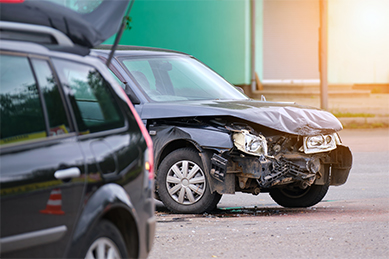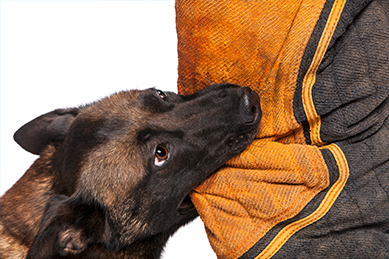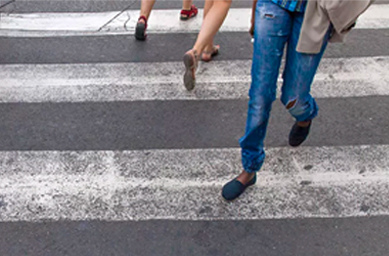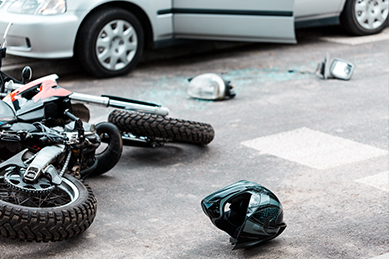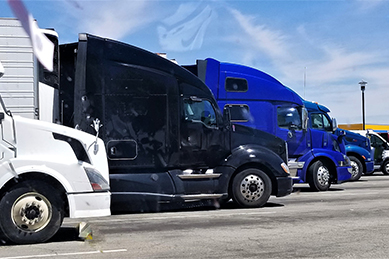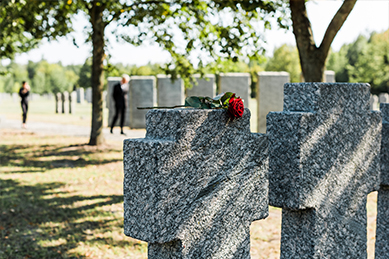Running red lights can come with consequences – be it a traffic citation or a serious collision. According to new findings from traffic safety researchers, the likelihood that red light running will result in the worst of outcomes – a fatality caused by a pedestrian, bicycle, or motor vehicle accident – is higher than it’s been in a decade.
According to a new study from the AAA Foundation for Traffic Safety, more than two people are killed each day on U.S. roads by motorists who fail to stop at red lights.
That’s a highly alarming statistic, and one researchers arrived at after sifting through a decade’s worth of data regarding fatal traffic deaths. What’s more, the problem has been getting worse.
Key Findings
Key findings from the AAA data analysis paint a grim picture of public safety risks in traffic light-controlled intersections:
- Crash data from 2017 (the most recent year available) show 939 people were killed in car accidents involving vehicles which ran red lights
- The 939 deaths in 2017 were the most red light running deaths in 10 years, and a nearly 30% increase since 2012.
- Of all motor vehicle fatalities that occur at intersections controlled by traffic signals, 28% were the result of a motorist blowing through a red light.
- Per Capita, the state of Arizona led the nation with the highest rates of red light running deaths, while New Hampshire had the lowest.
- Of the victims killed in red light running crashes, almost half (46%) were passengers or occupants in other vehicles (which did not run red lights), and roughly 5-6% were bicyclists or pedestrians. More than 35% killed in red light wrecks were the motorists who ran the red light.
Red Lights: Risks & Responsibilities
Researchers behind the latest AAA analysis say the findings indicate that red light running continues to present a major public safety challenge. They say an effective solution not only requires motorists to recognize their responsibility to avoid reckless choices that engage others, but also local governments and road safety stakeholders to collaborate on ways to prompt behavioral changes in their communities, and identify potential countermeasures.
For the majority of motorists – over 85% according to the AAA Foundation’s latest Traffic Safety Culture Index – red light running is viewed as a very dangerous and risky driving behavior. Still:
- 1 out of 3 motorists reported blowing through a red light within the past month when they could have stopped safely before entering the intersection; and
- More than 2 out of 5 motorists said it’s not likely they’ll be stopped or cited by law enforcement for running a red light – even though it is a violation, and a deadly crash caused by running a red could result in criminal charges and incarceration.
A Plan to Prioritize Safety
With red light running deaths on the rise, safety advocates are now targeting measures to ensure safety at some of our roadways’ most dangerous locations. According to the Insurance Institute for Highway Safety (IIHS), that could mean expansion of the long-debated red light cameras, which have been found to reduce red light fatalities in big cities by as much as 21%, and all types of fatal crashes at intersections with traffic lights by 14%.
The cameras, the IIHS maintains, increase chances of violators getting caught, and deter more motorists from taking those chances. However, it does say local governments need to implement such cameras effectively by:
- Adopting red light cameras as part of a comprehensive traffic safety plan, which includes both sound engineering and roadway design, and education / public awareness efforts;
- Implementing cameras only at signalized intersections with a proven pattern of violations / high crash rates;
- Publicizing the program and notifying motorists that red light cameras are in use;
- Regular maintenance and calibration of cameras to ensure accuracy and enhance drivers’ trust in the system;
- Periodically evaluating programs and camera efficacy to ensure they provide safety benefits.
In addition to ensuring cameras are used effectively and bolstering the public’s trust in their implementation, changing dangerous driving behaviors should also be a critical focus for reducing fatal red light accidents.
AAA recommends motorists:
- Prepare to Stop: When approaching any intersection, be prepared to stop by lifting your foot off the accelerator and positioning your foot above the brake pedal so you’re ready to stop if needed.
- Use Good Judgment: Stay alert by monitoring light signals and, when displayed, pedestrian countdown timers, so you’re aware of “stale” green lights more likely to turn yellow as you approach an intersection.
- Tap the Brakes: Tap the brakes a few times before fully applying them to slow or stop. This alerts other drivers behind you of your intent to slow / stop, which can be especially important if they are inattentive or distracted and at risk of causing a rear-end collision.
- Practice Defensive Driving: For motorists who have been waiting at red lights when a traffic signal turns green, always practice defensive driving by first taking the time to look both ways for any approaching vehicles, pedestrians / cyclists still in a crosswalk, or any motorists that may be speeding up in an attempt to make the light / run a red.
For pedestrians and bicycle riders – who face the most profound risks in intersections – AAA recommends several precautions as well, including:
- Wait Before Entering Intersections: Any pedestrian or cyclist waiting at red lights or Do Not Walk signals, or who are approaching intersections and crosswalks, should wait a few seconds to ensure all motor vehicles have come to a complete stop before they enter the intersection.
- Stay Alert: Don’t take chances at intersections; avoid distractions such as phones or headphones that can prevent you from hearing approaching traffic. Be sure to keep an eye out for vehicle traffic and ensure you devote your full attention to your surroundings.
- Make Yourself Visible: You can’t depend on drivers to be alert and aware of your presence, but you can increase the likelihood that they will see you when you are waiting to enter an intersection by staying in well-lit areas (especially at night), carrying a light or affixing lights to your bicycle, and wearing bright or reflective clothing.
- Make Eye Contact: In addition to waiting for vehicles to come to a full stop before entering an intersection, look at drivers to make eye contact so you ensure they see you – especially when drivers are able to make right turns on red.
Pursue Justice & Compensation After a Preventable Crash: Call Todd Miner Law®️
Traffic safety programs and defensive practices can go a long way in reducing high rates of red light accidents, but those measures may not always make up for the grave risks of negligence, distraction, and recklessness of drivers who fail to take reasonable precautions when approaching traffic signals.
For victims injured in car accidents, pedestrian accidents, or bicycle accidents at intersections – as well as families with potential wrongful death claims arising from deadly crashes – pursuing justice and accountability in the legal system demands the support of experienced injury attorneys.
Todd Miner Law®️ has fought for victims harmed in all types of crashes, including intersection accidents resulting in catastrophic injuries or wrongful death. To learn more about your rights and options when it comes to holding negligent motorists accountable for their failures, and liable for your damages, call 407-214-4743 or contact us online for a free consultation.Categories



